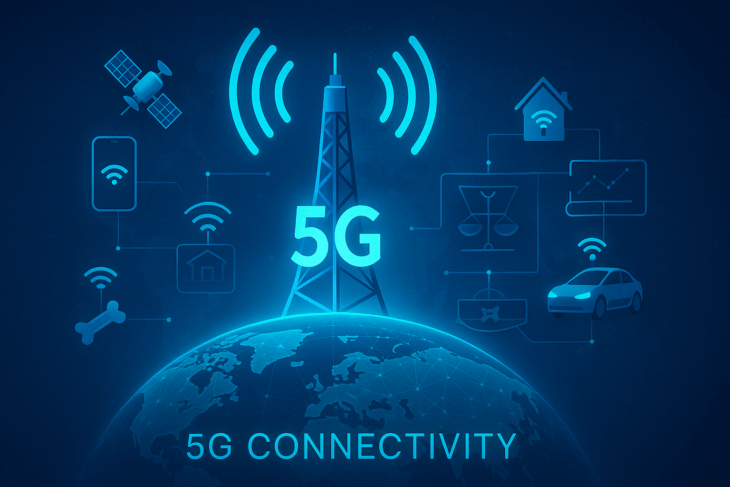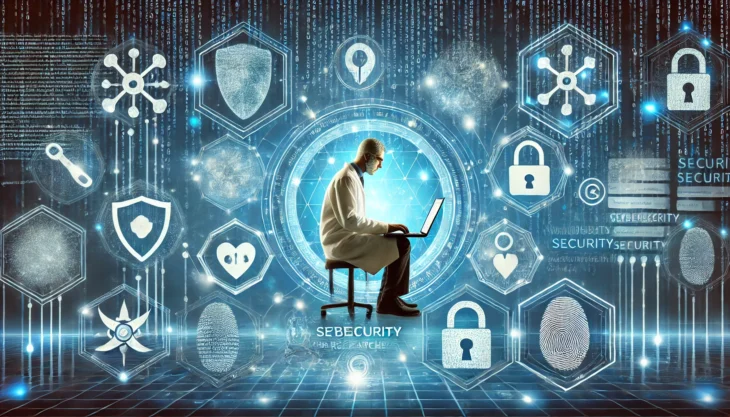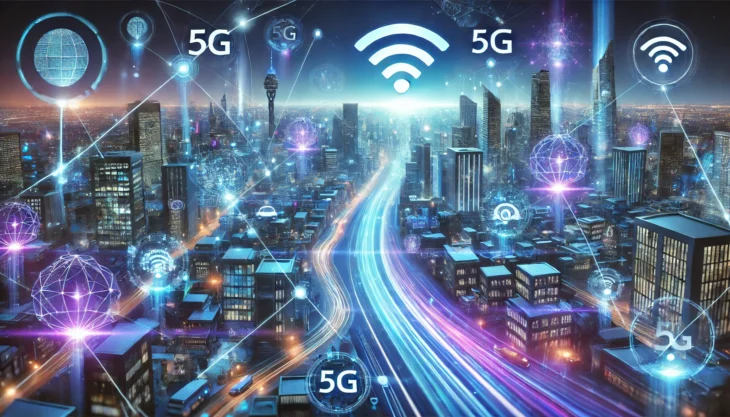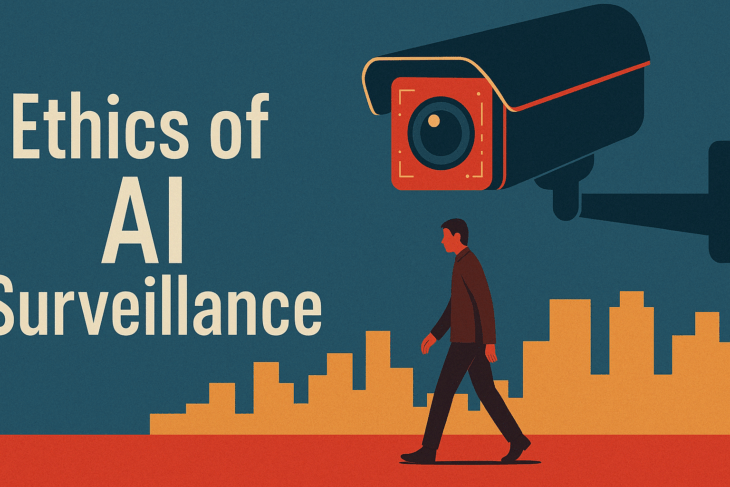You’ve probably seen them. The videos that look a little too real to be fake, yet somehow, they are. Maybe it’s a celebrity singing a song they never recorded, or a politician saying things they never actually said. Welcome to the strange, fascinating world of deepfakes. Let’s dive into the rise of deepfake technology, what it really is, how it’s being used, and why it’s got everyone talking—from techies to world leaders.
What Is a Deepfake?
The term deepfake is a blend of “deep learning” and “fake.” Basically, it’s a form of synthetic media created using artificial intelligence, especially deep learning algorithms. The AI is trained on hours of footage, photos, or audio clips. Then, it learns how to mimic voices, faces, and gestures to an almost scary level of realism.
Deepfakes can come in video, audio, or even still image form. Some are so convincing, they can fool even the sharpest eyes. At least for a moment.
The Many Faces of Deepfakes: Use Cases
Now, not all deepfakes are made with bad intentions. In fact, this tech has some pretty cool applications.
In entertainment, filmmakers use deepfake tools to de-age actors or even bring back stars who’ve passed away. Think of it as a digital stunt double. It’s also used in video games to create hyper-realistic characters.
In education and training, deepfake-style simulations help students learn by interacting with lifelike virtual patients or historical figures. Imagine getting history lessons from a realistic digital version of Abraham Lincoln.
Marketing is jumping on the trend too. Brands are experimenting with AI-generated influencers and customizable ads featuring “virtual humans” that can speak any language or reflect different emotions.
But… it’s not all fun and games.
The Dark Side: Dangers and Downsides
Here’s where things get tricky.
Deepfakes have become a powerful tool for misinformation. Fake videos of politicians, public figures, or news events can go viral before anyone even checks if they’re real. That’s a serious threat to democracy and public trust.
Then there’s deepfake pornography, where someone’s face is placed onto explicit content without their consent. This has already ruined lives, leading to serious privacy violations and emotional trauma.
There’s also the fear of identity theft. If someone can recreate your voice and face, they might trick banks, security systems, or even your family members.
Bottom line? Deepfakes can be dangerous if they fall into the wrong hands.
Can We Detect Deepfakes?
Thankfully, detection tech is catching up.
AI tools are being trained to spot the tiny imperfections in deepfakes. Like unnatural blinking, mismatched shadows, or glitches in lip-syncing. Big tech companies like Microsoft and Google are investing heavily in deepfake detection systems. There’s also a growing movement to watermark or label AI-generated content.
This is an arms race. As detection tools improve, so do the deepfakes. It’s a constant game of catch-up.
Synthetic Media and AI-Generated Content
Deepfakes are just one part of the broader synthetic media boom. This includes everything from AI-generated art and voices to full-blown avatars that can host podcasts or YouTube videos.
It’s wild, but also exciting. Content creation is becoming faster and cheaper. One person with the right tools can now produce videos that used to take teams and thousands of dollars to make.
Of course, this raises questions: What’s real anymore? Can you trust what you see or hear online? Who owns AI-generated content? We’re entering a world where reality is… flexible.
Where Do We Go From Here?
The rise of deepfake technology is both a blessing and a curse. Like any powerful tool, it depends on how we use it. It can entertain, educate, and innovate. But it can also deceive, manipulate, and harm.
What we need now is awareness, education, and smart regulations. People should know how to spot deepfakes, understand their risks, and demand transparency. Tech companies must build safer platforms, and lawmakers need to catch up fast.
AI is not going away. In fact, it’s just getting started. So let’s make sure we’re using it wisely.
As we ride this wave of innovation, let’s stay curious, cautious, and informed. Because in a world of deepfakes, seeing isn’t always believing.














